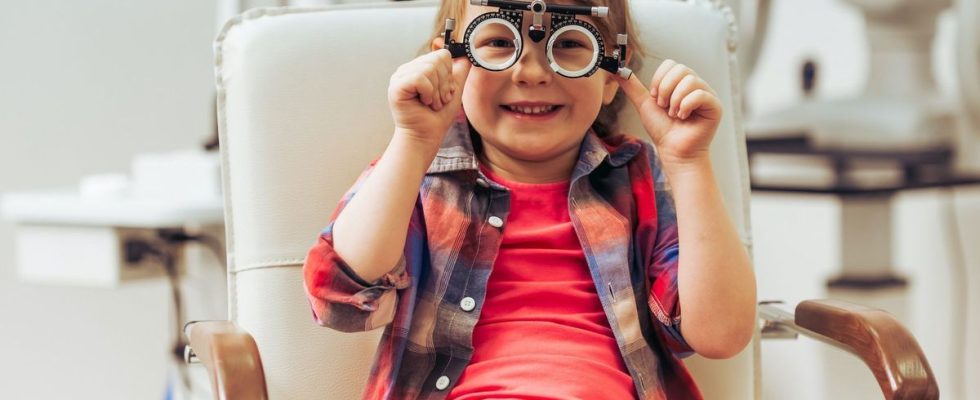Published on
Updated
Reading 2 min.
Korean scientists have achieved the feat of detecting autism using photographs of the retina analyzed by artificial intelligence. If the method is confirmed, it could greatly facilitate early diagnosis and save time in treating the disorder.
Autism is a disabling neurological disorder which can take several forms, but which remains difficult to detect early. However, the earlier the disorder is detected, the sooner treatment can begin and the better it is possible to support the child. But new technology based on artificial intelligence could perhaps speed up diagnosis.
100% of autism cases detected by AI
Researchers from Yonsei University, located in North Korea, have achieved the feat of diagnosing autism, without any error, from photos of the retinas of children aged 4 and over. A feat that they owe to the analysis of the photos by an artificial intelligence that scientists have trained so that it recognizes the symptoms of this disability.
The study involved 1,890 eyes belonging to 958 participants with an average age of 7 and a half years, half of whom had autism. The researchers then used 85% of the retinal images to train their artificial intelligence algorithm. The remaining 15% of images were used to test the validity of their test.
Deep learning or “deep learning” is a sub-branch of artificial intelligence, which aims to construct knowledge from a large quantity of information (the greater the quantity, the more the knowledge will be refined – in detail , this is a convolutional neural network widely used for image recognition applications). In the case that interests us, it involves “feeding” an algorithm with numerous retinal images and at the same time having the diagnosis of the photographed patients.
Results with this technology: autism was diagnosed in 100% of affected children, without any fault or inaccuracy Auroc score of 1). However, performance was slightly worse for assessing the severity of symptoms (Auroc score of 0.74), which is considered an acceptable result according to the researchers.
A huge time saving
According to the researchers, this trained AI could be used to spot autism from the age of 4. Cautious, however, they specify that “some Future studies are necessary to consider the generalization of this screening tool”. But if the method were confirmed, it would offer a real saving in time and action for diagnosing and therefore caring for children with autism. Currently, specialized assessments in child psychiatry must be planned months in advance and remain inaccessible for many families.
Some even go so far as to argue that the AI-based approach would offer more objectivity in diagnosis, moving away from behavioral assessments and professional opinions which can differ depending on experience or even prejudice.
Results which remain to be confirmed
Conversely, the study makes no distinction among patients with autism spectrum disorders, even though we know that this disorder can cover different realities. These 100% results should inspire caution, knowing that they were obtained on less than 300 shots in total.
So the study would already benefit from increasing the number and diversity of samples tested. It must also invest more in children under 4 years old. Because the retina only reaches full maturity around this age, the accuracy of diagnosing autism in younger children using this method is not guaranteed.
